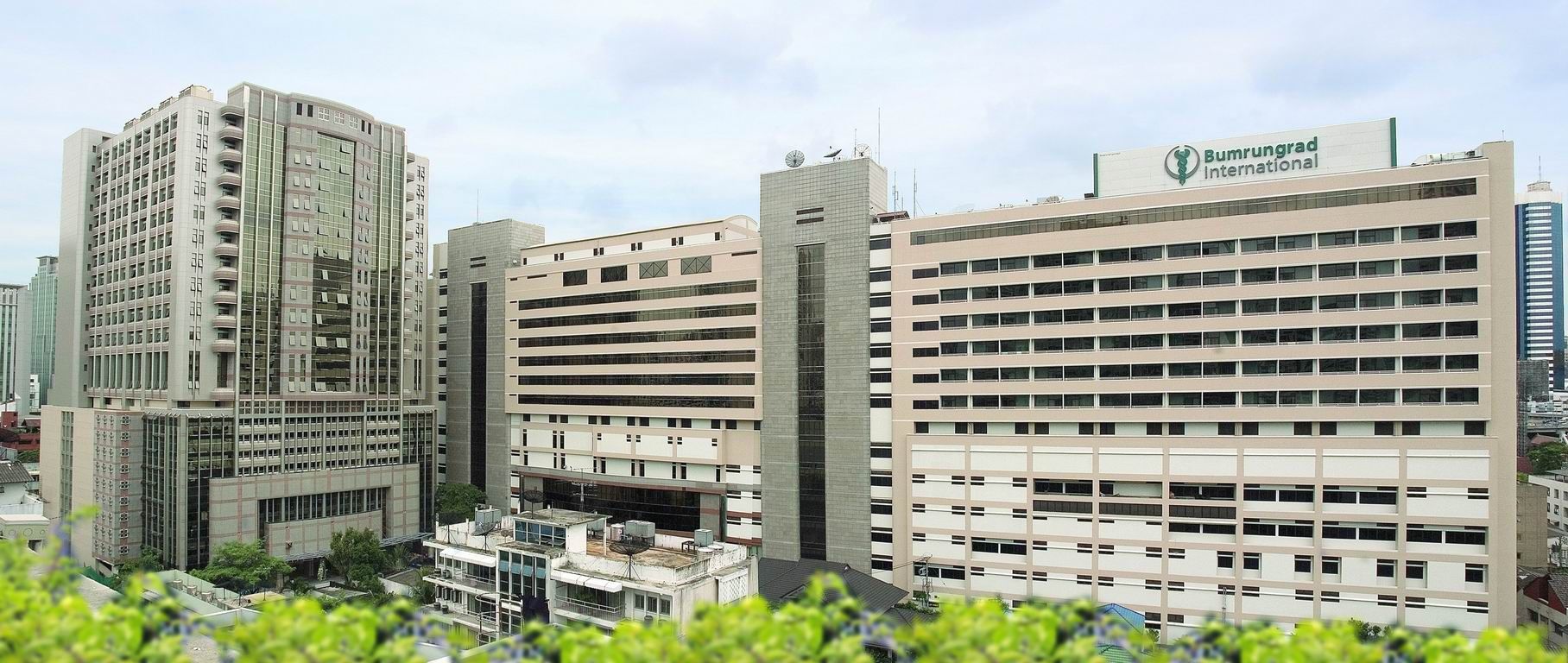Orthopaedic
Meniscectomy Treatment
Meniscus tear Surgery
Meniscectomy is the surgical removal of part or an entire torn meniscus. A meniscus tear is a very common knee joint injury. Surgeons who perform meniscectomies (also known as orthopedic surgeons) will make surgical decisions based on the meniscus's ability to heal as well as the patient’s age, health, and activity level.
Surgery Overview
Meniscectomy is the surgical removal of part or an entire torn meniscus. A meniscus tear is a very common knee joint injury. Surgeons who perform meniscectomies (also known as orthopedic surgeons) will make surgical decisions based on the meniscus's ability to heal as well as the patient’s age, health, and activity level.
The doctor will likely suggest the treatment that he or she thinks will work best for you based on the position of the tear, the pattern of the tear, and size of the tear. Patient’s age, health, and activity level may also affect the treatment options. In some cases, the surgeon/doctor makes the final decision while performing the surgery, when he or she can see the how strong the meniscus is, the position of the tear, and how big the tear is.
If the patient has a small tear at the outer edge of the meniscus i.e., in the red zone, the patient might try home treatment. These tears usually heal with rest.
If the patient has a moderate to large tear at the red zone, he/she may want to think about surgery. These kinds of tears are likely to heal well after surgery.
If the patient has a tear that spreads from the red zone into the white zone (inner two-thirds of the meniscus), the decision to be made is harder. Surgery usually doesn’t work on such kinds of tears.
If the patient has a tear in the white zone of the meniscus, repair surgery usually isn't done, because the meniscus may not heal. But partial meniscectomy may be done if pain and swelling are caused by the torn pieces of the meniscus.
There are various types of meniscus tears. The pattern of the tear may determine whether a tear can be repaired or not. Horizontal and flap tears typically require surgical removal of at least as a possible part of the meniscus.
How it is done?.jpg)
The choice of type of surgery is based on the size and location of the tear, the patient’s age and activity level, the surgeon's and/or medical staff’s experience, and the patient’s preferences. Orthopedic surgeons usually perform meniscus surgery with arthroscopy, a procedure used to both examine and repair the inside of a joint. A thin tube (arthroscope) containing a camera and light is inserted through small incisions just nearby the joint. Surgical instruments are inserted for repair through other small incisions. Arthroscopic surgery may limit knee damage from surgery and may boost fuller recovery. But some of the tears may require open knee surgery.
The entire meniscus has to be removed in a total meniscectomy while in a partial meniscectomy, the surgeon removes as little of the meniscus a possible. Unstable meniscal fragments are removed while the meniscus edges are smoothed so that there are no frayed ends.
The patient may have general or regional anesthesia for a meniscectomy. Arthroscopic partial meniscectomy is usually done in an outpatient surgical center.
What can be expected?
Rehabilitation (rehab) varies depending on the type of injury, the type of surgery, the orthopedic surgeon's preference, and the patient’s age, health status, and activities. Time periods may vary, but meniscus surgery is usually followed by a period of rest, usually, a few weeks, walking, and selected exercises. Most people who have arthroscopic meniscectomy can bear weight a day or two after surgery and can return to full activity within a month. After the full range of motion without pain is possible, the patient can return to his/her previous activity level.
The timetable for returning the daily activities and doing exercise will depend on the type and extent of the surgery and your success in rehab. To learn about some exercises you can do at home (with your medical staff’s approval), see:
Meniscus Tear: Rehabilitation Exercises
Why It Is Done?
A decision to remove all or part of the patient’s meniscus will be taken into consideration by the surgeon depending on the location, length, tear pattern, and stability of the tear as well as the condition of the entire meniscus. The surgeon will also consider the condition of the entire knee, patient’s age, and any age- or injury-related degeneration.
If a meniscus tear is causing a person pain or swelling, it probably means that torn pieces of the meniscus need to be removed via a surgery and the edges surgically shaved to make the remaining meniscus smooth. The orthopedic surgeon will try to preserve as much meniscal tissue as possible to prevent long-term degeneration of the knee and allow the patient to return to full activities.
How Well It Works?
Removing the whole meniscus generally reduces some symptoms. But on the other side, losing the meniscus reduces the stability and cushioning of the joint. Most people, especially if they are young and/or active, are not happy with a total meniscectomy. This is why the surgeons try to remove as little of the meniscus as possible.
Studies of partial meniscectomy have shown that almost 90% of people have good results from partial meniscectomy. This means that 90 people out of 100 people who have this surgery have decreased symptoms and are able to return to most or all of their daily activities.
What are the risks involved?
Meniscectomy is generally well tolerated and does not usually cause difficulties. But there is a risk of temporarily or permanently damaging the nerves during surgery.
There is a direct and proportional relationship between the amount of meniscus tissue that is surgically removed and the distribution of load across the knee. If more tissue is removed, the knee is less able to bear the load of walking, running, or other activities. With uneven load distribution, degeneration of the knee joint may happen at a faster pace than it would with an intact damaged meniscus.
In any surgery, there is a risk of infection or internal/external bleeding. And there are other risks with general or regional anesthesia.
TREATMENT-RELATED QUESTIONS
GetWellGo will provide you end-to-end guidance and assistance and that will include finding relevant and the best doctors for you in India.
A relationship manager from GetWellGo will be assigned to you who will prepare your case, share with multiple doctors and hospitals and get back to you with a treatment plan, cost of treatment and other useful information. The relationship manager will take care of all details related to your visit and successful return & recovery.
Yes, if you wish GetWellGo can assist you in getting your appointments fixed with multiple doctors and hospitals, which will assist you in getting the second opinion and will help you in cost comparison as well.
Yes, our professional medical team will help you in getting the estimated cost for the treatment. The cost as you may be aware depends on the medical condition, the choice of treatment, the type of room opted for etc. All your medical history and essential treatment details would be analyzed by the team of experts in the hospitals. They will also provide you with the various types of rooms/accommodation packages available and you have to make the selection. Charges are likely to vary by the type of room you take.
You have to check with your health insurance provider for the details.
The price that you get from GetWellGo is directly from the hospital, it is also discounted and lowest possible in most cases. We help you in getting the best price possible.
No, we don't charge patients for any service or convenience fee. All healthcare services GetWellGo provide are free of cost.
Top Doctors for Orthopaedic
Top Hospitals for Orthopaedic
Contact Us Now!
Fill the form below to get in touch with our experts.



.jpg)



